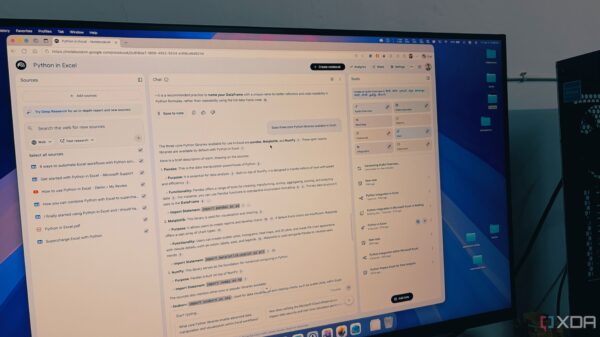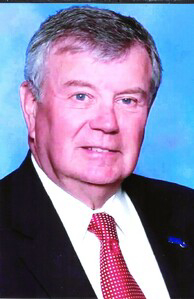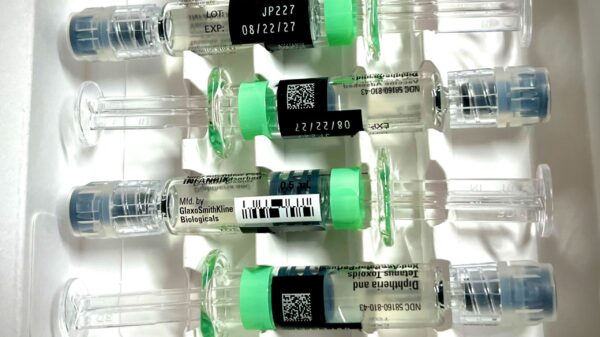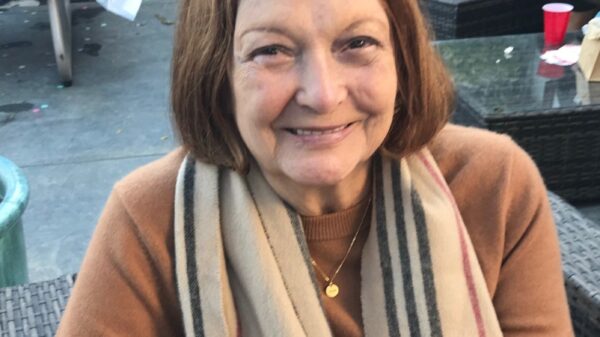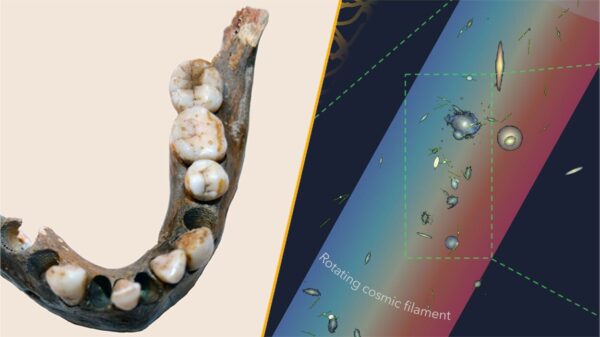Researchers at the Sylvester Comprehensive Cancer Center, part of the University of Miami Miller School of Medicine, have shown promising results in preclinical studies for a new combination therapy aimed at hormone-resistant, estrogen receptor-positive (ER+) breast cancer. The therapy not only shrinks tumors but also reduces cancer stem cells and alters the immune environment to hinder cancer growth. These findings, published in Science Translational Medicine, highlight a potential breakthrough in treating a condition that has long posed challenges for patients.
Endocrine therapy, traditionally a mainstay for treating ER+ breast cancer, often encounters obstacles as a significant number of patients develop resistance to drugs such as tamoxifen and fulvestrant. This resistance leads to poorer patient outcomes and limited treatment options. The researchers explored the mechanisms behind this resistance, particularly focusing on the tumor microenvironment—essentially the “neighborhood” around a tumor, which includes various cells that can either promote or inhibit cancer growth.
Within this microenvironment, tumor-associated macrophages (TAMs)—a type of immune cell—were found to play a critical role. The study identified a specific subtype of TAMs, characterized by proteins CD163 and PD-L1, that are more prevalent in patients with tamoxifen-resistant tumors. PD-L1 is a protein that assists cancer cells in evading detection by the immune system. According to Rumela Chakrabarti, Ph.D., the study’s senior author and co-director of Sylvester’s Surgical Breast Cancer Research Group, “These macrophages act like bodyguards for the cancer cells, helping them survive treatment.”
The research team discovered that these PD-L1+ TAMs are attracted to tumors by a signaling molecule known as DLL1, produced by the cancer cells. DLL1 acts as a signal, recruiting macrophages through a pathway reliant on CCR3/CCL7. Once present in the tumor, these macrophages support the maintenance of cancer stem cells, which are known for their ability to regenerate tumors and resist standard therapies. They also contribute to the exhaustion of CD8-T cells, which are crucial for targeting tumor cells.
In both preclinical models and patient-derived tumor samples, elevated levels of DLL1 and PD-L1+ TAMs were strongly linked to resistance against tamoxifen and fulvestrant. Notably, patients displaying a higher presence of these cells experienced worse survival rates, underscoring the importance of this research.
To combat this challenge, the team implemented a new combination therapy involving antibodies that block both DLL1 and PD-L1, in conjunction with low-dose tamoxifen. This innovative approach led to a significant reduction in tumor size, a decrease in cancer stem cells, and a reprogramming of the immune environment to be less conducive to cancer growth. Dr. Chakrabarti emphasized, “This triple therapy approach could be a significant advancement for patients whose cancers no longer respond to standard hormone treatments. It’s about hitting the cancer from multiple angles at once.”
While the results are encouraging, the researchers acknowledge that further work is needed before this new therapy can be applied in clinical settings. Dr. Chakrabarti noted, “Our models are robust, but human tumors are even more complex. We’re optimistic, but careful.” Understanding the interaction between cancer cells and their surrounding environment is essential for developing the next generation of cancer therapies.
This research highlights the necessity of examining not only the tumor itself but also the broader “ecosystem” that supports its existence. Dr. Chakrabarti remarked, “Every breakthrough brings us closer to a future where breast cancer is not just treatable, but truly manageable for every patient. We’re committed to making that future a reality in the coming years.”
The findings from this study represent a significant step forward in understanding and potentially overcoming the challenges posed by hormone-resistant breast cancer, offering renewed hope for patients facing this formidable disease. More information can be found in the publication by Shailesh Singh et al in Science Translational Medicine (2025).





